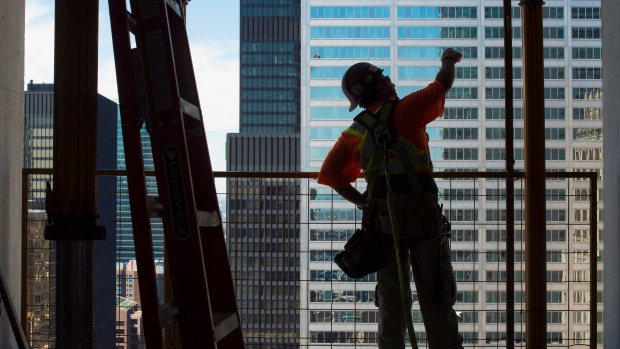Sep 29, 2016
U.S. GDP revised higher as businesses boost investment
Reuters

U.S. economic growth was less sluggish than previously thought in the second quarter as exports grew more than imports and businesses raised their investments, hopeful signs for the economic outlook.
Gross domestic product expanded at a 1.4 per cent annual rate, the Commerce Department said on Thursday in its third estimate of GDP. That was up from the 1.1 per cent rate it reported last month and higher than analysts’ expectations.
The revision incorporated data that showed businesses cut investments in buildings and equipment less than the government previously estimated, while they sank more money into research and development.
That left growth in overall business investment at a 1.0 per cent annual rate, its first gain since the third quarter of last year and suggests the worst of an energy-sector led slump in business investment might be over.
The slump has worried policymakers at the Federal Reserve because less investment could hurt economic growth over the longer term.
The economy has struggled to regain momentum since output started slowing in the last six months of 2015 and the overall growth rate for GDP in the second quarter remained below historically normal rates. That could give grist to Republican Presidential candidate Donald Trump’s argument that the economy has sickened under the Obama administration.
At the same time, consumer spending, which makes up more than two-thirds of U.S. economic activity, was robust in the second quarter, rising at a 4.3 per cent annual rate, while growth in exports outstripped that of imports enough to boost GDP by the most since the third quarter of 2014.
But companies continued to run down their inventories aggressively, reducing stocks by $50.2-billion and subtracting from GDP growth, while home building also sank.
The GDP data likely has little to no impact on the near-term outlook for monetary policy. Federal Reserve Chair Janet Yellen repeated on Wednesday that Fed policymakers expect to raise interest rates by the end of the year because they worry that gathering steam in the U.S. labor market could fuel inflation.
The Commerce Department is due to release new inflation data on Friday.
The government also reported that after-tax corporate profits fell at a 1.9 per cent rate in the second quarter, a smaller drop than initially estimated.
With profits declining, an alternative measure of growth, gross domestic income, or GDI, dropped at a 0.2 per cent rate in the second quarter. GDI measures the economy’s performance from the income side.
Meanwhile, the number of Americans filing for unemployment benefits rose less than expected last week and held at relatively healthy levels that could support Federal Reserve plans to raise interest rates this year.
Initial claims for state unemployment benefits rose 3,000 to a seasonally adjusted 254,000 for the week ended Sept. 24, the Labor Department said on Thursday.
Economists polled by Reuters had expected the report to show 260,000 new claims.
The four-week moving average of new claims, which smoothes out volatility, fell 2,250 to 256,000.
Continuing claims fell 46,000 to 2.062 million in the week ended Sept. 17.


